Welcome to LitLinks! I developed this blog series for two reasons: to highlight the natural connections between STEM and literacy; and to demonstrate how easy it is to integrate STEM books and concepts into ELA lesson plans. Contributors include authors, scientists, and educators. In each post, they will share easy, natural connections between STEM and Language Arts. Enjoy!
TODAY’S GUEST BLOGGER: MELISSA HART
When fifth- and sixth-grade students believe raptors refer to dinosaurs in my middle-grade novel Avenging the Owl (Simon & Schuster, 2016), I don’t laugh. After all, I was the woman from Los Angeles who—20 years ago—didn’t know that a raptor referred to a bird of prey that hunts with its talons and rips mammals and small birds apart with its beak.
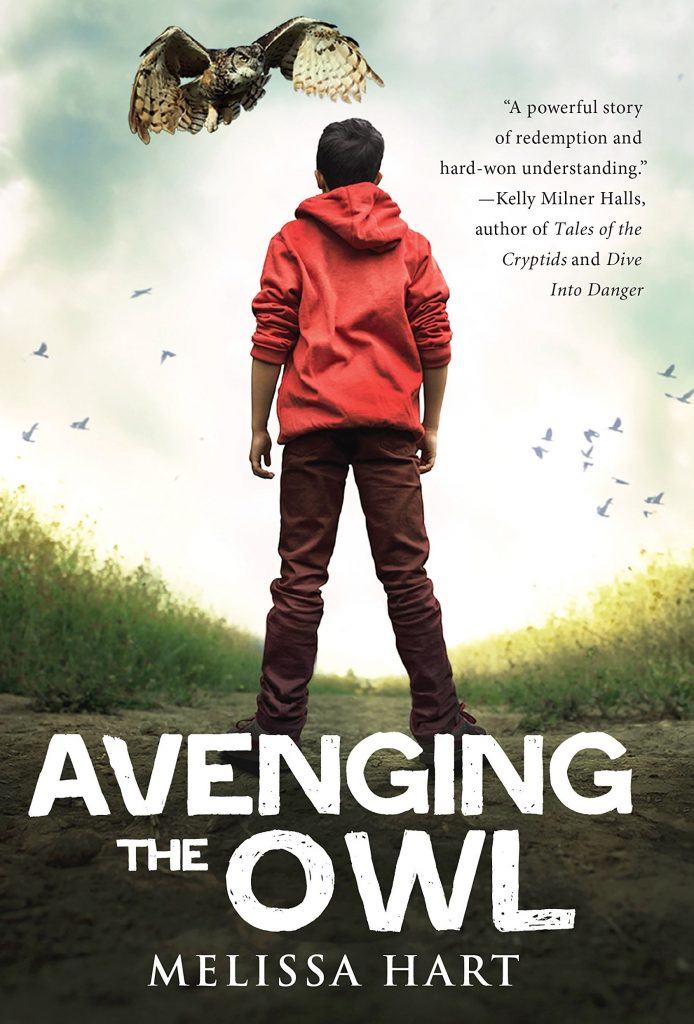
Avenging the Owl follows Solo Hahn, a 14-year old California surfer forced to help injured and orphaned birds of prey at a raptor rehabilitation center after his parents move him to a trailer in the middle of Oregon, and he makes a spectacularly poor decision involving an owl and a careless neighbor’s shotgun.Owls as Environmental Indicators
Owls as Environmental Indicators
Solo’s initial disgust with owls, eagles, and hawks makes for a perfect segue into talking about the importance of raptors as environmental indicators. The kids and I discuss what it means to occupy a position at the top of the food chain, and then we trace the effects of insects and rodents exposed to pesticides and rodenticides upon the life of a single bird.
We talk about eagle eggshells gone thin and broken because the birds ingest fish laced with DDT, and how the EPA eventually banned the poison in the U.S. We discuss Swainson’s hawks, with their spectacular migration between the U.S. and Argentina, and how they died off in enormous numbers after eating poisoned grasshoppers until the two countries worked together to ban a particular pesticide.
“What we do to the earth shows up at the top of the food chain,” I tell students, explaining the ways in which climate change is disrupting raptors’ territory and food supply.
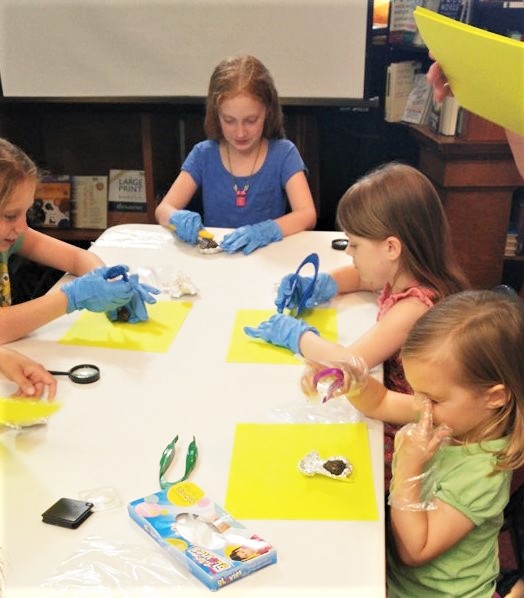
Feed the Birds
I read about Solo’s begrudging acceptance of the importance of birds of prey in Avenging the Owl as inspiration for students to think about how they might help to preserve raptor populations by encouraging their parents to stop using poison and take down barbed wire fences on which birds impale themselves.
We talk about the ways in which to make a backyard welcoming for birds of prey, from creating a brush pile for rodents to turning off lights at night so owls can better hunt.
That leads us to a discussion of raptors as “obligate carnivores”—creatures who must eat meat or perish. And then, I break out the owl pellets.
Owl Pellets–Ever a Crowd Pleaser
There’s a treasure-hunt aspect to dissecting an owl pellet that never fails to mesmerize both children and adults. I order sterilized pellets and give each student one to dissect with tweezers and a magnifying glass, along with pictures of mouse or vole skeletons so they can better identify individual bones. Inevitably, one kid will recoil, crying, “I don’t want to touch owl poop!”
This is the perfect time to pull out Jane Hammerslough’s excellent Owl Puke: The Book, with its colorful, whimsical drawings and kid-friendly scientific explanations of owl physiology. We talk about stomachs and gizzards and pellets that emerge from the beak—not the butt—end of the bird.
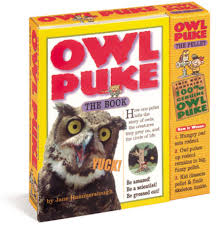
By the end of my talk about the importance of birds of prey to our ecosystem, students begin to demonstrate the same respect and compassion for raptors that Solo in Avenging the Owl experiences, at last. Owl Puke’s smart and funny nonfiction examination of the species compliments the novel beautifully.
I find that after my presentation, students are better able to evaluate the landscape around them in terms of elements hospitable or inhospitable to birds of prey. They grasp the importance of preserving these birds.
Best of all, they absorb the excitement of learning to recognize red-tailed hawks and American kestrels soaring daytime skies—and the magic of slipping outside at dawn and dusk to listen silently, hoping to hear evidence of owls.

Melissa Hart is the author of the award-winning middle-grade novel Avenging the Owl (Simon & Schuster, 2016) and Better with Books: 500 Diverse Books to Ignite Empathy and Encourage Self-Acceptance in Tweens and Teens (Sasquatch, 2019). She lives in Eugene, Oregon. Visit her website at www.melissahart.com.


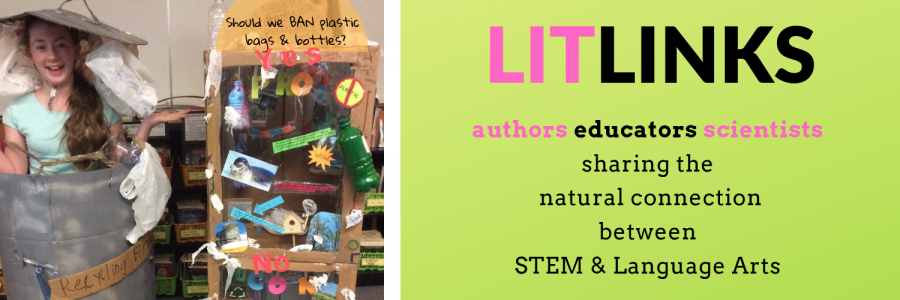
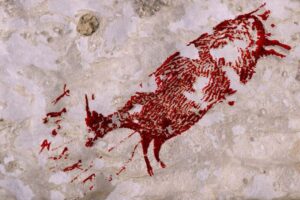
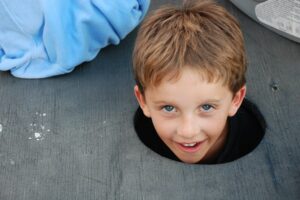
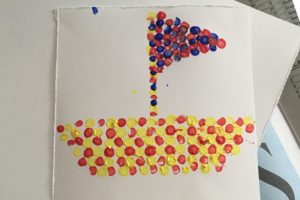


Leave a Reply
Your email is safe with me.